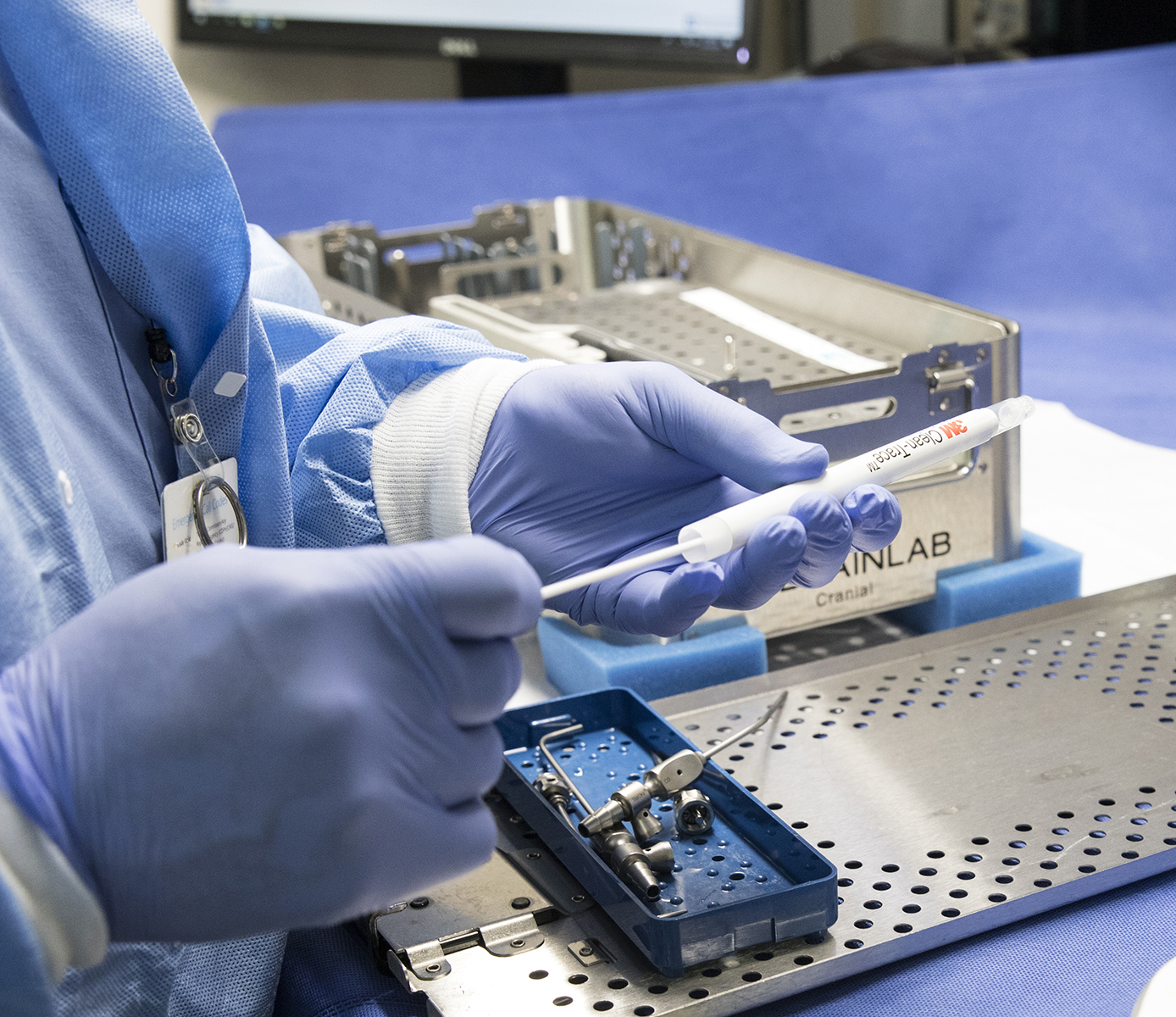
The rise and spread of infectious disease, whether limited in scale or at pandemic level, has been a human challenge for centuries. From the Black Death to the common cold, we have spent much of our existence worrying about the spread of illnesses through the populace and the societal impact they can have. Progress has been made in that the etiologic agents of many prior pandemics have either been eradicated or their spread effectively limited and specific treatments have become available.
Currently, we are collectively challenged by global novel coronavirus (COVID-19). As with any infectious disease, there are tips to remember that will help us protect ourselves, individual patients, and larger groups.
Single-patient use really means single-patient use:
- Medical tape is used for a variety of jobs across care settings. From securing IV lines to holding breathing tubes in place, medical tape is constantly coming in direct contact with a patient’s skin. CDC guidelines suggest rolls of adhesive tape should not be shared between patients, as it could lead to the spread of bacteria and viruses.¹ Stethoscopes are another medical device that frequently come in contact with patient skin, posing the potential for disease transmission.
- To help combat these potential sources of cross-contamination, healthcare providers can turn to single-patient use products. Individually packaged single-patient-use medical tape rolls can help reduce cross-contamination risk by limiting exposure to environmental contaminants, minimizing contact with hospital surfaces and equipment, and minimizing exposure to healthcare workers’ hands, and other patients.
- Additionally, single-patient stethoscopes help to eliminate the potential risk of patient-to-patient cross-contamination introduced by reusable stethoscopes.
Hand hygiene is key
- We are constantly touching a variety of surfaces, our cell phones, a patient’s skin, and our own face. With each surface we touch, we run the risk of picking up and distributing germs that may be present. Staying on top of hand hygiene is essential.
Disinfect to avoid potential cross-contamination
- While healthcare providers are currently under more stress and time constraints than ever, it is critical we remember the importance of sterilization and disinfection – not only the critical nature of sterilization for multiple-use medical devices, but also for surface disinfection where viruses can live for hours and potentially remain viable for days.
While we can’t completely prevent people from contracting various illnesses throughout their lifetime, we can play a significant role in helping to mitigate the horizontal spread of infectious disease by following best practices to limit the risk of cross-contamination. If you’re looking for more information regarding cross-contamination and infection prevention, check out these resources from the Association for Professionals in Infection Control and Epidemiology (APIC):
- Break the Chain of Infection: Learn about the six points at which the chain of infection can be broken, and a germ can be stopped from infecting someone else.
- Coronavirus (COVID-19) Q&A: Learn more about the novel coronavirus (COVID-19), including symptoms, prevention and how the virus spreads.
- 10 Steps to Manage Communicable Disease Exposure and Outbreaks: Use these tips to successfully manage an outbreak situation.
- Patient-focused Infection Prevention: Help patients understand their role in infection prevention.
References:
1 Centers for Disease Control and Prevention. Recommendations for Preventing Transmission of Infections Among Chronic Hemodialysis Patients. https://www.cdc.gov/mmwr/preview/mmwrhtml/rr5005a1.htm. Accessed 04/03/2020.
